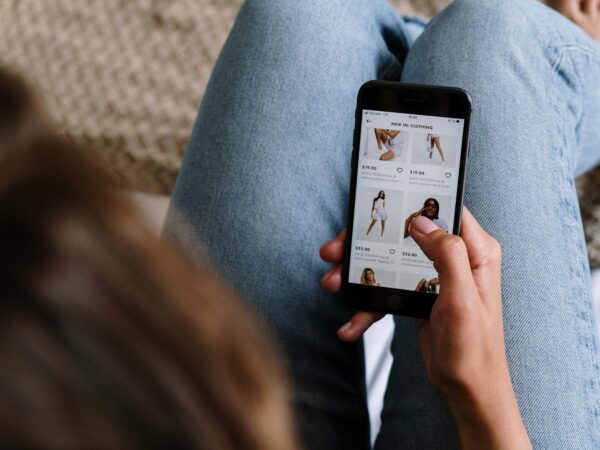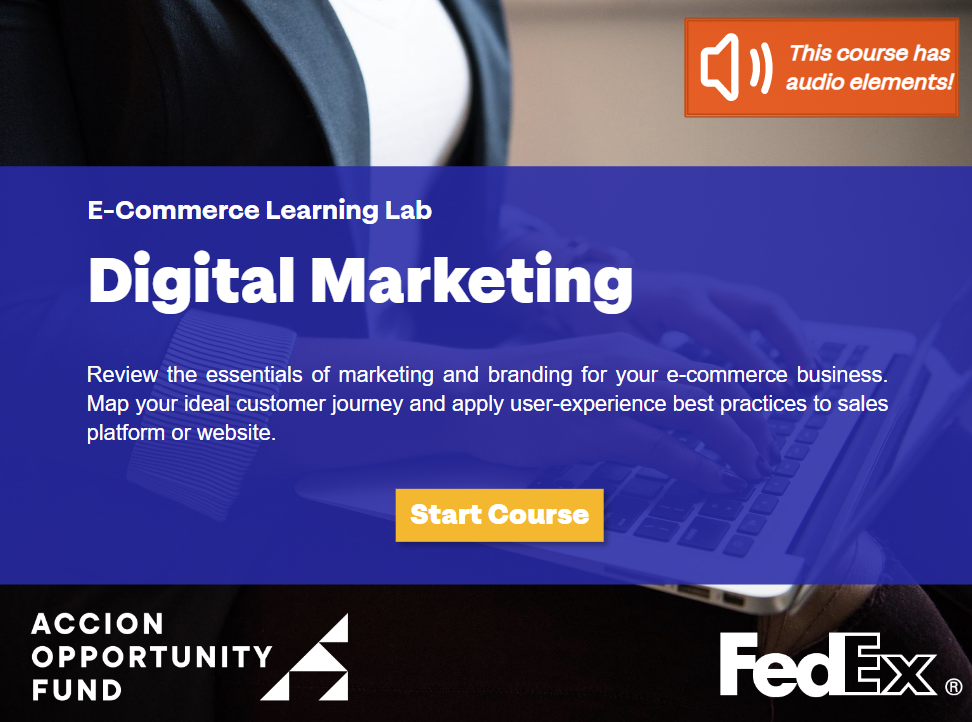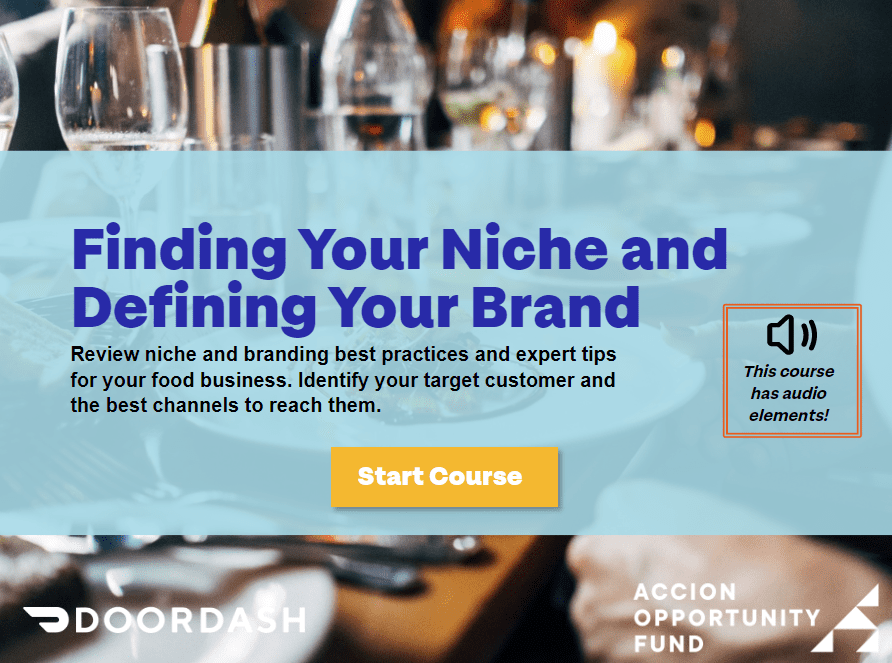Sales Funnel Basics: From First Impression to Repeat Customer
Learn the basics of funnel marketing and the sales funnel stages. These insights will improve your sales and boost your business.

You’re running a business, so what do you need? Customers! How do you get them? Through the sales funnel. Funnel marketing is the process of getting your customers’ attention and leading them to a sale. We’ll walk you through it step by step.
What Is The Sales Funnel?
What is the sales funnel? The sales funnel is a way to visualize the path your customers take from learning about your business to actually buying goods and services from you. It has six main stages: attention, interest, desire, action, evaluation, and loyalty.
Sales Funnel Stages
For example, say you’ve opened up a salon. How do you get a passer-by to actually stop in for a haircut?
- Attention: First, you have to get their attention. That usually means offering something that your potential customer will value but that won’t cost you too much. For example, you might put out an ad or a sign offering a free consultation for hair care.
- Interest: Next, you want to get that potential customer interested in your products or services. To stick with our salon example, you’d be able to do that through the consultation. Talk about what their hair needs and what they could do to make it healthier. You already know they care about their hair because they came in for the consult, so offering them hair solutions is going to pique their interest.
- Desire: Now your potential customers know your business exists and care about what you have to offer, so you have to make them want to buy from you instead of your competitors. In many cases, that just means offering excellent service.
- Action: You’ve drawn your customer through most of the sales funnel, and now they’re taking action – making a purchase.
- Evaluation: After the purchase, they’re going to evaluate their experience. They’ll think about how happy they are with what they got and what they paid. At this point, they could become a loyal customer or they could walk out the door forever. Your job is to tip them over into becoming loyal. In our salon example, you might follow up with a new client a week after their service to make sure they’re happy with it. You might offer a free touch-up in a month or so to keep them looking sharp.
- Loyalty: Finally, we’ve hit the point of loyalty. Ideally, this is where all your customers will end up. Of course, this isn’t really the end of the road. You have to continue to engage with your customers and provide great service in order to keep them loyal.
Making Funnel Marketing Work For You
The sales funnel gets its name because it’s shaped like a traditional funnel – wide at the top and narrow at the bottom. That wide top is the first step – attention. The people at that level are called “leads.” You’ve succeeded in making them aware of your brand, but not all of them will move down through the next levels.
Once people start to get interested in your business, they become prospects. Some of those prospects will make it to the bottom of the funnel and become actual customers.
The trick is remembering that not every lead is going to become a customer. Not everyone who hears about your business is going to buy from you. For that matter, not everyone who buys from you will come back. Your goal is to maximize the efficiency of your funnel to get the best leads at the start and the most conversions at the end.
How Do I Create A Sales Funnel?
Now you understand the system, so how do you actually make it work for your business? The process will be a bit different for every business model, but the general plan looks like this:
Step One: First Contact
Traditionally, the first contact someone has with your business has been through print or TV advertising. Today, people are much more likely to learn about your business online. That means you’ll need to maintain an active online presence through your website and social media.
You’ll need to think about where your audience is likely to see your marketing efforts – different demographics prefer different social networks and use the web differently. Instagram ads might have a greater impact for young people, while Facebook ads might be better for a Baby Boomer target market.
Whatever medium you decide to use, your brand should be consistent and memorable across platforms and ad campaigns. Use the same logo, tagline, color scheme, and other elements to make your brand recognizable and help it stick in your customers’ minds.
If your ads succeed in getting the attention of your market, they’ll click – and that takes you to the next step in your funnel marketing plan.
Step Two: Collect Information
When a prospect clicks on your ad, it takes them to your “landing page.” Now they’re on your site, which means you have the opportunity to make another good impression and gather some vital information about your potential customers.
A well-designed landing page will share information about your product or service and include a call to action – usually to fill out a contact form. When they fill out that form, you know they’re officially interested.
Your landing page should immediately captivate your visitors:
- Keep your message focused
- Share a video
- Send visitors directly to your CTA so they can enter their emails
- Have a headline with a clear message
- Prominently display your product
- Offer a free trial
- Share testimonials
You don’t want to overwhelm your customers with too many demands or they’ll leave your page. Ask them for the bare minimum of information – a name and an email address is typically plenty.
Now you have a list of customers that are interest in your business, so it’s time to move them further down the funnel.
Step Three: Reach Out To Create Desire
You have all these email addresses of interested prospects, so use them! Email marketing is a great way to keep your brand fresh in people’s minds and offer them enticements to make a purchase.
Make your email stand out with intriguing subject lines and keep your message clear, simple, and on-brand. You want to peak a prospect’s interest so they open your email, read it, and then follow your call to action. In your email marketing, your call to action may direct your potential customer to “Shop Now,” share more information, or give feedback.
You might use email to offer coupons, discounts, or special deals to push your prospects over the edge from interest to desire. Keep track of the results of each email campaign so you know what’s working and what isn’t.
Step Four: Stay Connected
You put a lot of work in to guide your customers to that sale, so don’t let it go to waste! Keep in touch with regular email marketing and promotions to keep your brand fresh in their minds and keep them coming back for regular purchases.
After a customer makes a purchase, consider sending them a follow-up email asking for feedback about their experience or offering further services. Make sure they know you care about their opinions and their business.
Conclusion
With the right funnel marketing tactics, your business can grow in leaps and bounds. Just keep in mind the journey that your customers take from learning about your business to becoming loyal customers – the sales funnel stages. It’s all about guiding them to the sale and then keeping them coming back for more.









